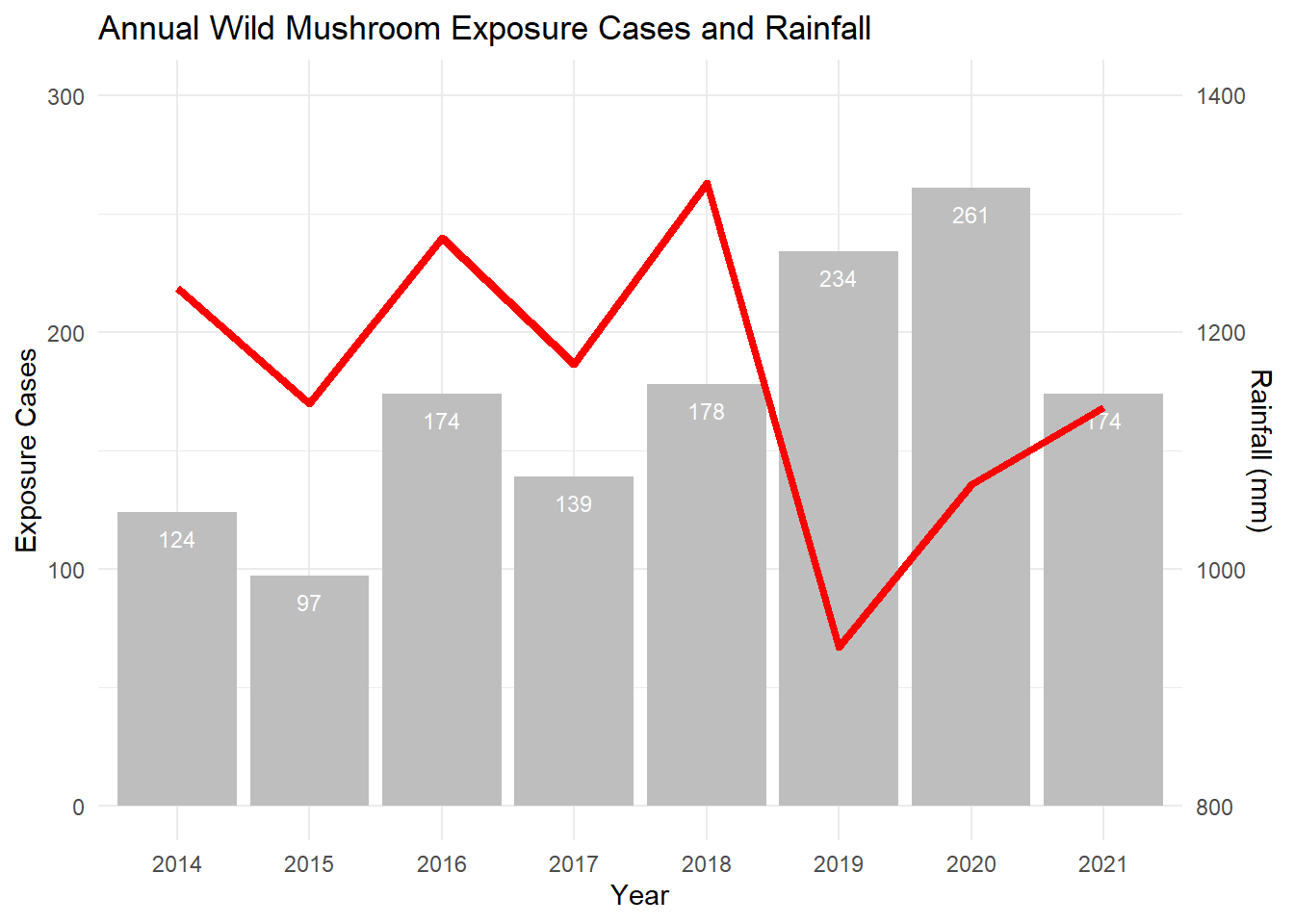Death cap mushrooms are a high health risk in our urban environments. Eating them may lead to liver and kidney damage as well as death.
Death cap mushrooms are extremely poisonous. In October 2016, a child died after eating a mushroom that was picked in downtown Victoria, BC.
The death cap mushroom (Amanita mushroom) may be found in city environments associated with many species of imported trees. This is not a mushroom found naturally present in BC forests, although a single sighting of death cap with Garry Oak has been reported. While the known range of death cap mushrooms in BC includes Vancouver Island and the Lower Mainland, we do not know for certain if other areas in BC are affected.
The mushroom was imported on the roots of trees planted in boulevards in Victoria and Vancouver; we do not know if it is also in other areas of the province.
It looks like the Asian straw mushroom (Volvariella volvacea), and other common Asian varieties of edible Amanita species, such as Amanita princeps.
If you suspect you have eaten a death cap mushroom, you should immediately go to an emergency room. Early treatment is important.
To speed up treatment and improve the outcome, bring specimens of the mushroom with you to the hospital and information about the specific location where the mushrooms were found.
You may also want to call the Drug & Poison Information Centre (1-800-567-8911).
The symptoms of death cap mushroom poisoning include low blood pressure, nausea and vomiting (which begins 8 to 12 hours after ingestion). After up to 24 hours have passed, the symptoms seem to disappear and you might feel fine for up to 72 hours. Symptoms of liver and kidney damage start 3 to 6 days after the mushrooms were eaten.
If you see death cap mushrooms in the environment, please report the sighting. Go to Invasive Species of Concern (BC government website), which has an online reporting form and links to reporting apps.
In recent years DPIC has noticed an increase in the number of calls from people who have become ill after eating wild mushrooms that were foraged (picked) outside. The mushrooms can be found on lawns, in parks, along roadsides, or in the forest. The number of calls is often dependant on the amount of rain received. During months with high rain, more wild mushrooms will grow. In the chart shown here, annual precipitation in Vancouver is shown for comparison.

